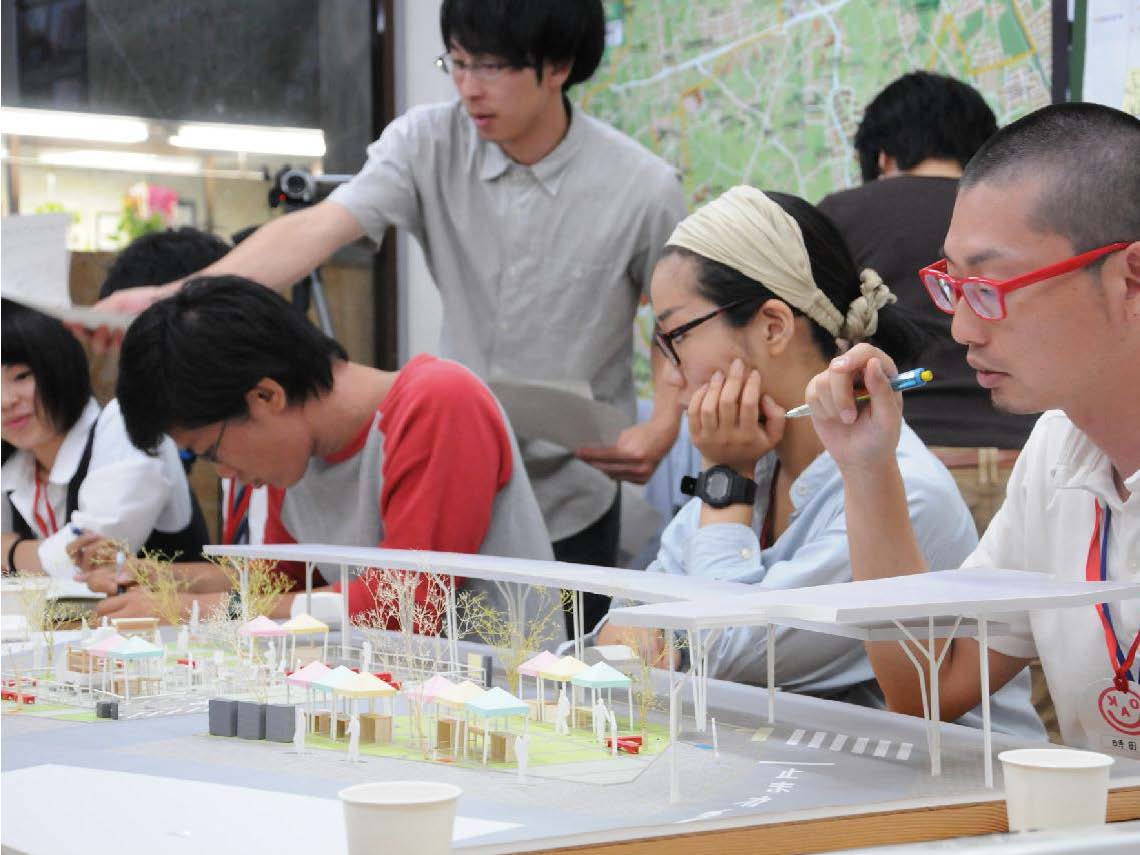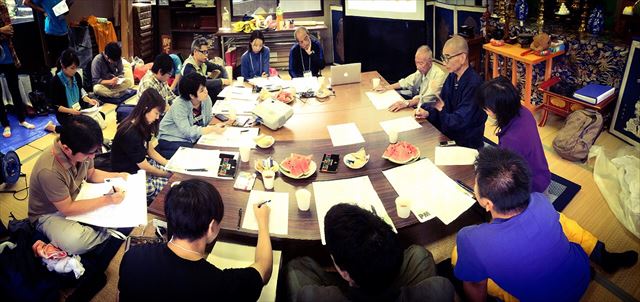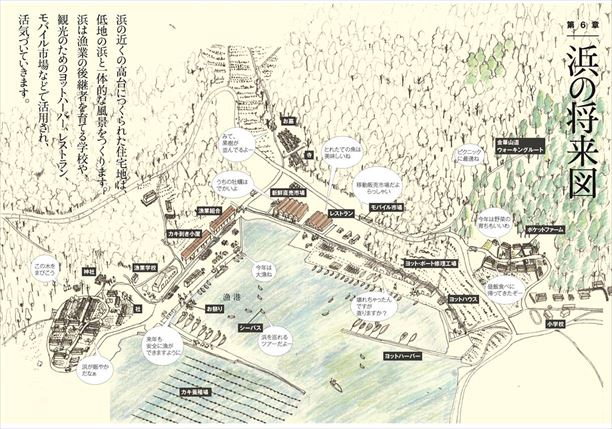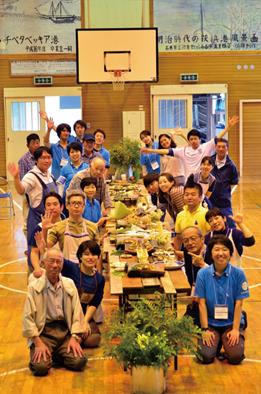TSUKUBA FUTURE
#066 Architectural Design Gives Form to People's Lifestyles
Associate Professor KAIJIMA Momoyo, Faculty of Art and Design

Architectural design involves more than simply designing buildings. An architect brings spaces into reality for people to live in or use in myriad ways. A building must be a good match for the features of an area, including its traditions and landscape, urban or natural. When designing public architecture or spaces, the local community's values also enter into the equation. As part of the university's School of Art and Design, Professor Kaijima's Architectural Design department does research on a wide range of architectural subjects from private home design to urban development, community revitalization, and disaster recovery support.
Prof. Kaijima had always been enchanted with design, even as a little girl growing up in the heart of Tokyo. Young Momo-chan's favorite book wasAnne of Green Gables. She used to enjoy imagining what Anne's house looked like?how the characters' rooms were laid out, where furniture was placed, what the approach to the house looked like, the scenery sur-rounding the house, the lay of the land, and the nearby village. She also imagined from reading folktales from Japan and other stories what places in far-off areas of Japan looked like?the villages, topography, mountain trails, rivers, and so on. With such a longstanding interest in houses, towns, and lifestyles, she went on to pursue home economics as an undergraduate and architecture and building engineering in graduate school.
After graduation, on her way to becoming a full-fledged architect, Prof. Kaijima faced the collapse of Japan's bubble economy. Suddenly there was no demand for building, so she took the time to study buildings erected during the time of the bubble and earlier. She walked around Tokyo looking for buildings with character, studying architecture in the context of urban design. The results of her study were published as a book in Japanese in 2001,Made in Tokyo. In the process of writing the book she realized once more that the form of architecture is determined not only by the land site but social ideas of the time and she was impressed by the importance of set forms within architecture.
Prof. Kaijima took up her post at the University of Tsukuba in 2000. Her interests expanded to include the homes and spaces of small-scale hamlets found outside cities and in the countryside. In 2008 she began work on a major project, the renovation of the plaza in front of the west exit of JR Kitamoto Station, in the city of Kitamoto, Saitama. Her approach was not to force a plan upon the residents of the area, but to start by setting up workshops for residents on urban development. The role of the university department was both as an advisor and facilitator, helping to bring the ideas and images of the residents to fruition. One advantage of the department of Architectural Design being in the Faculty of Art and Design is that students are capable at drawing. For this project?Creating a Suitable Station Front to Represent Kitamoto?the students took ideas from the workshops and presented them as drawings, photos, and models to further the discussion.

"Tsukau Meetings" with citizens to discuss how the renovated plaza in front of Kitamoto Station can be used
In 2011 Prof. Kaijima started ArchiAid, a network of architects working to support the recovery of the Tohoku region from the 2011 earthquake and tsunami. In particular she worked to support the recovery of fishing villages on Oshika Peninsula in Ishinomaki, Miyagi, devastated by a 16-meter-tall tsunami. The waters in this area feature a conflux of cold and warm currents, plus the outflow of water from the Kitakami River, making them ideal as fishing grounds. Taking advantage of the deeply-indented coastline, fishing ports existed there for centuries and fish were also farmed in the area. The tsunami wiped out almost everything?homes, boats and facilities?destroying not only the fishing industry but the infrastructure of entire communities.
Prof. Kaijima's department started out by interviewing residents to see what kind of support they hoped for. They learned that different hamlets and villages had different traits and lifestyles, even though they were all on the Oshika Peninsula. This went as far as differing styles of fishing. So even were a uniform plan to be proposed, it could not be implemented successfully. They realized that the key to recovery depended entirely on the will and desire of the residents themselves. Prof. Kaijima had residents create a local council which she would join to provide an outsider's perspective as a system of support. This mode of operation fulfills the role of being "both outsider and insider" as described by Fukushima University Professor Takaki Abe. Proposals included core houses for the communities and the establishment of fishing industry schools to train people to fish and to attract new residents. Another proposal turned attention to the mountains and restoring the disused mountain roads of the island of Kinkasan for use as hiking trails for visitors. This proposal would lead to the restoration of the timber industry and help keep the forest healthy to provide nutrients to the sea. Such ideas and others from the residents' councils were made visible through drawings presented at subsequent meetings to further expand those ideas. The fishermen, whose character has been shaped by years of dealing with the harsh forces of nature, sometimes expressed themselves with equal such force to the participating students, which led to the students' personal growth, as well.
Not only are fishing skills being lost?so are the wisdom and skills of other traditional occupations all over Japan. Communities are collapsing not only in disaster zones but across urban settings. The framework envisioned by Prof. Kaijima extends from the design of buildings to community restoration and the transmission of local culture. Providing continuity is her way to lead society forward in the twenty-first century.

Class at Oshika Fishing Industry School to consider the future of the coastline

Drawings of the future of the coastline based on interviews with residents

"Coastal Recipe" sessions and food tastings are also held at Oshika Fishing Industry School
Article by Science Communicator at the Office of Public Relations


